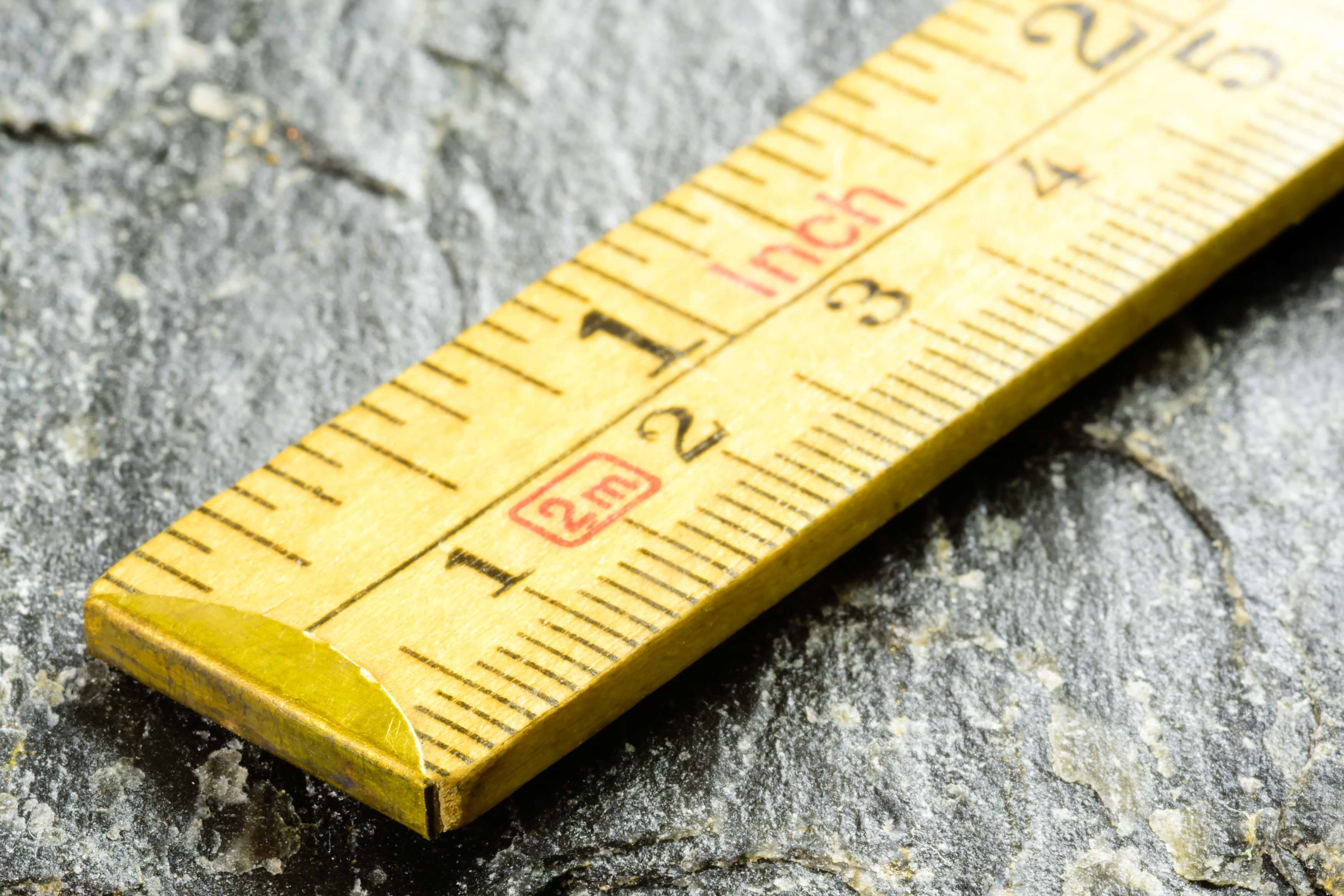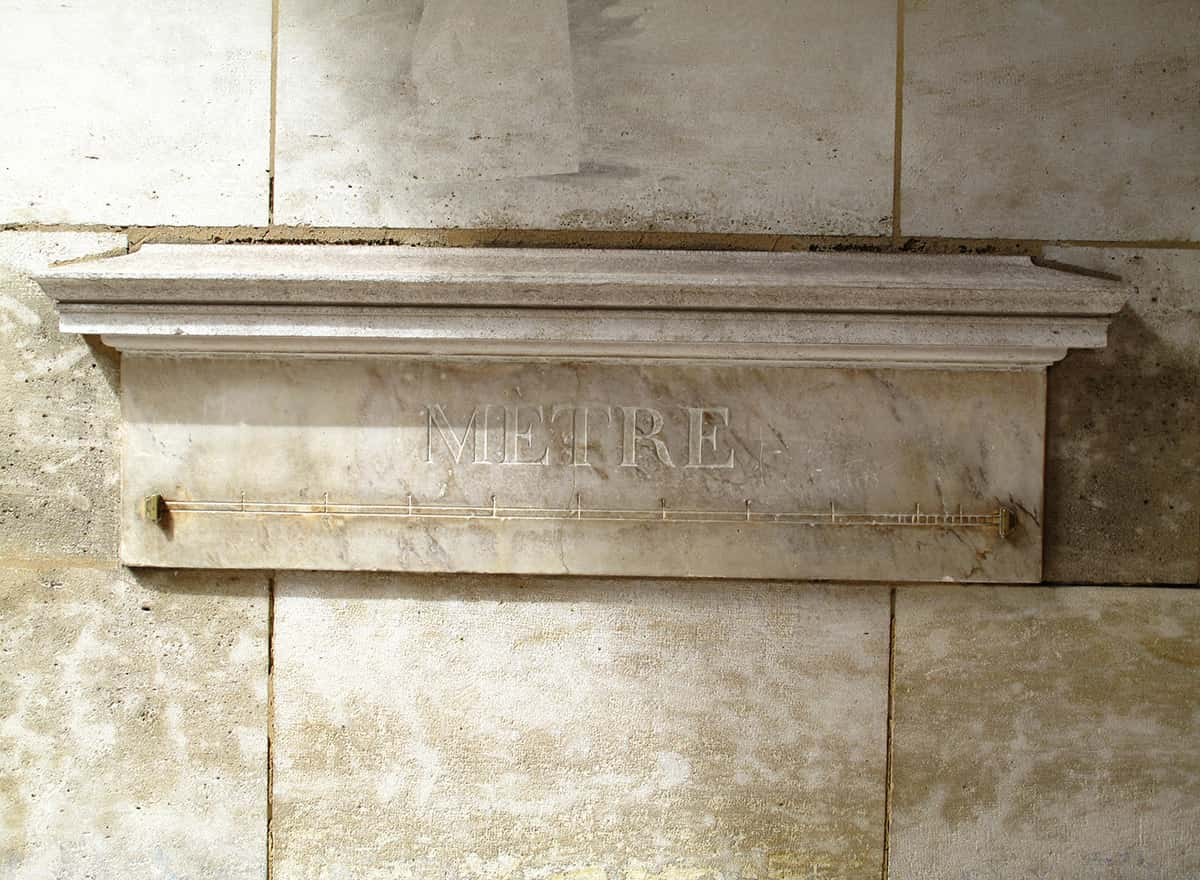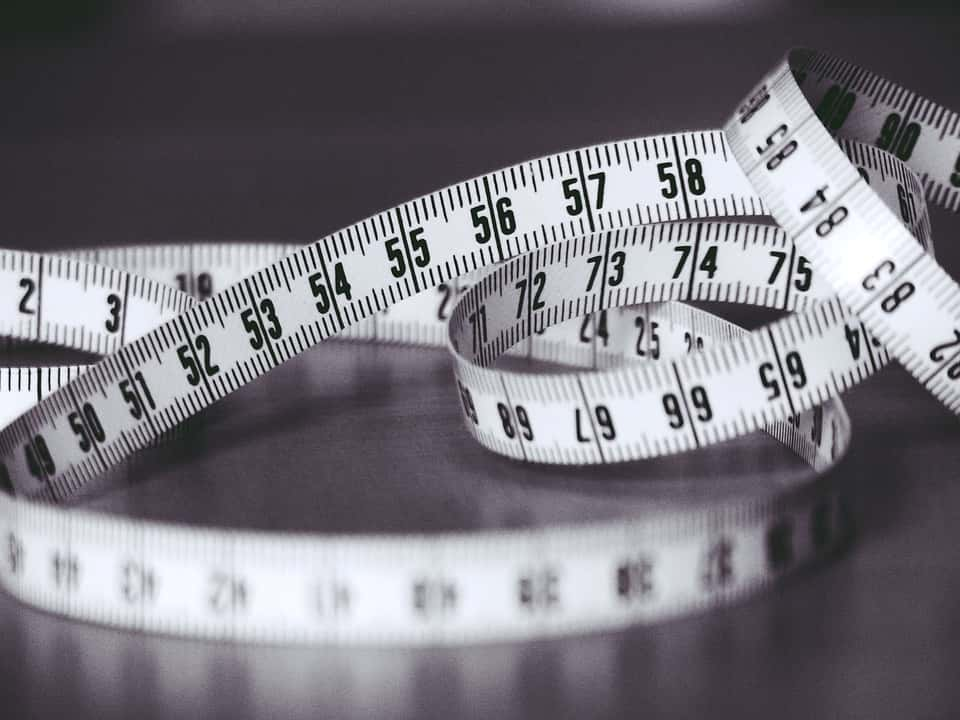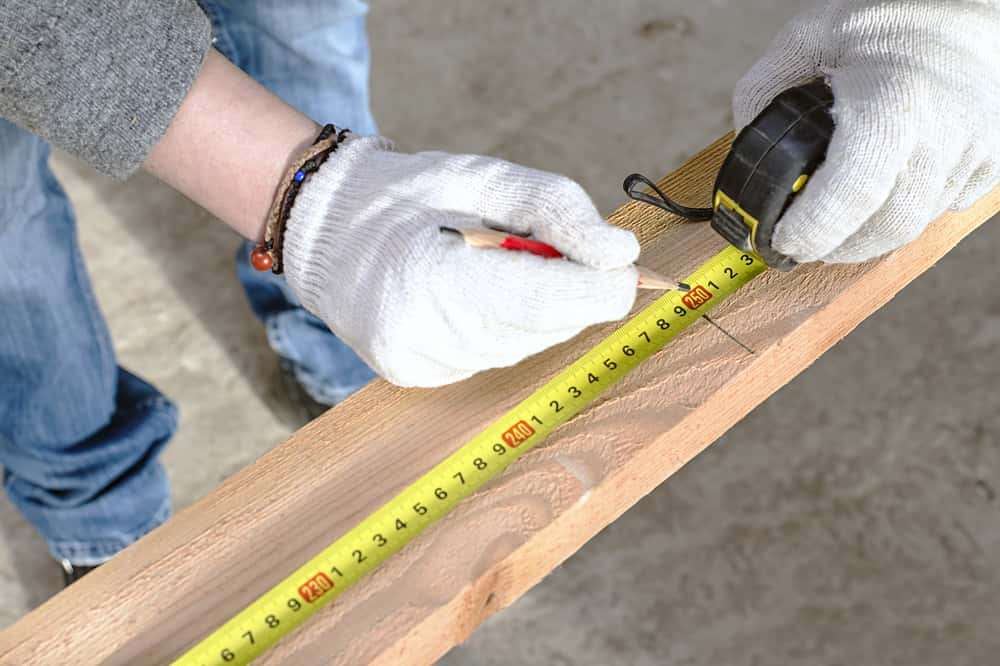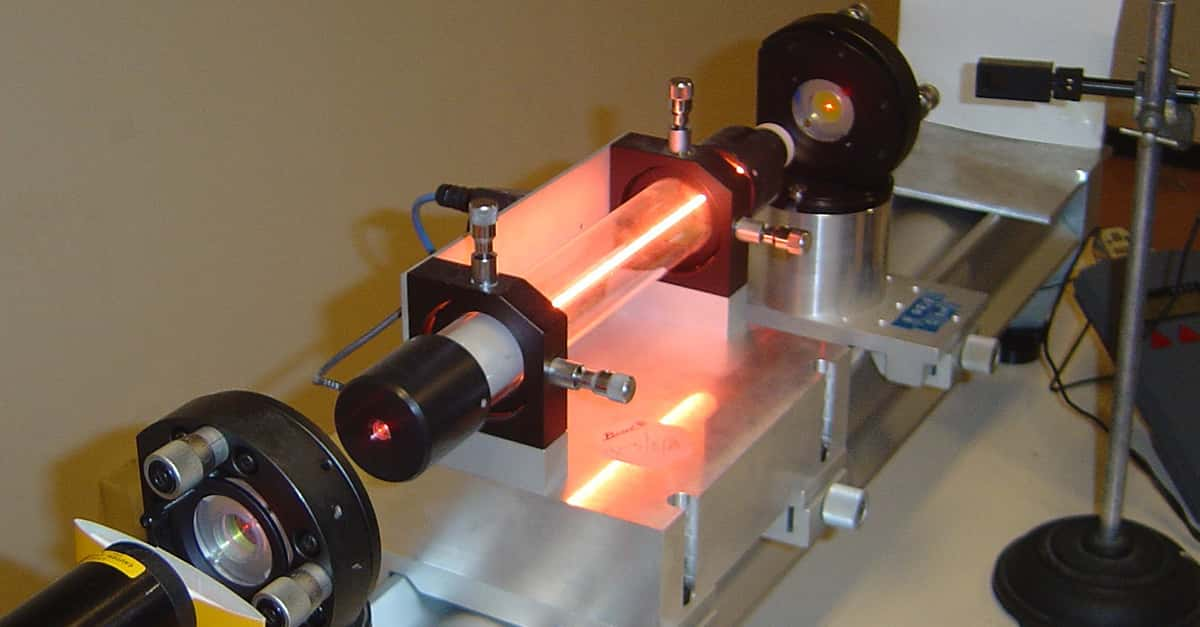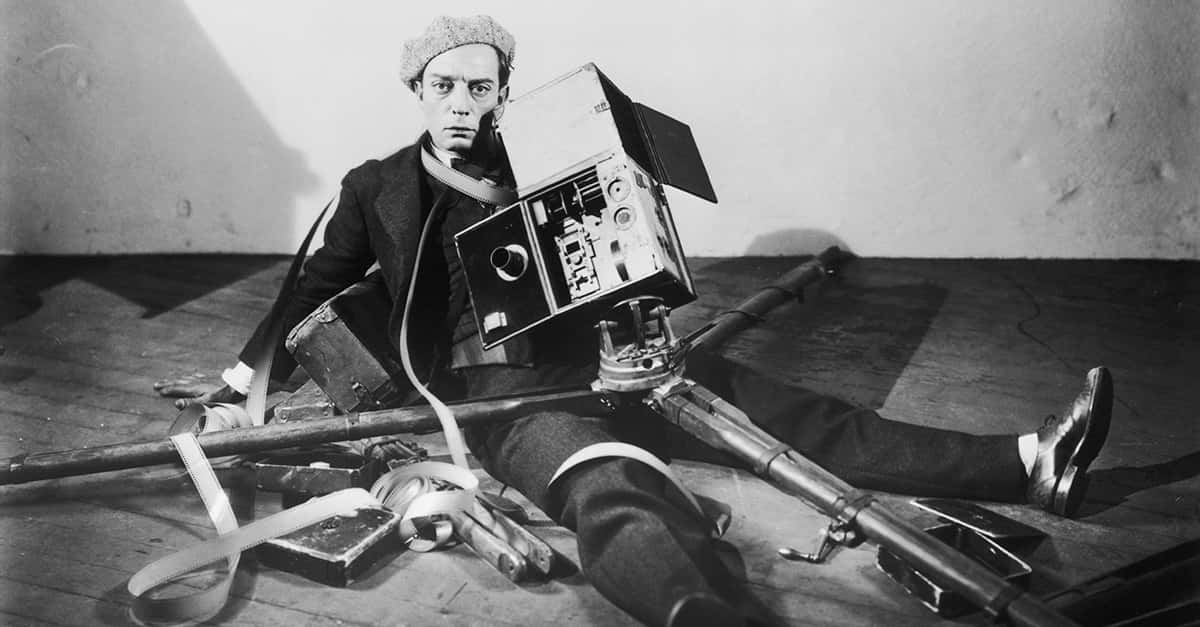Any way that you shake it, the meter is an extremely important unit of measurement. It’s one of the seven base units used in the International System of Units, better known as the Metric System. Nearly every single country on Earth uses the meter to measure distance.
And before any Americans, Liberians, or Myanmarese (the only three countries on Earth that still officially use the Imperial System) shout, “We don’t use the meter! We use feet!” I’d ask them to consider this: The US government officially defines a foot as 0.3048…meters. That’s right, even if you don’t want to, the meter is how we define length and distance pretty much everywhere on Earth.
But where did the meter come from? Who decided how long a meter is? How do we know something is exactly one meter? Well, the story of this simple measurement is long, incredibly over-complicated—and absolutely fascinating.

Sign up to our newsletter.
History’s most fascinating stories and darkest secrets, delivered to your inbox daily. Making distraction rewarding since 2017.
40 Rods to the Hog's Head
Let’s go back to the beginning; to before the meter even existed. This was back in the days when measurements were more of an art than a science. When a foot was…the length of someone’s foot. Whose foot exactly? Nobody can say. When an inch was the length of your thumb, or the king’s thumb, or even “three grains of barley, dry and round, placed end to end, lengthwise.”
It doesn’t take a rocket scientist to figure out that these measurements weren’t exactly precise. To make things even worse, measurements varied wildly from region to region. You might use a barley-inch, but they use a thumb-inch, or maybe they don’t use inches at all, but something completely different. According to one author, there were a quarter of a million different measurements being used in France alone at one point.
 Shutterstock Barley
Shutterstock Barley
Hey, it was olden times—what else could you really expect?
But then, the olden times became the not-so-olden times, and science started getting more and more complex. People started to realize that these inconsistent and wildly imprecise measurements were making scientists' jobs a lot harder. There began to be calls for a “universal measure.” One measurement to rule them all.
This is the start of the meter’s life, but it took centuries to get where it is today.
Close, But No Cigar
So, we had the idea to come up with a single, universal measurement for distance, but how did we decide how long it should be? Well, one of the first ideas came from English architect Christopher Wren in the late 1600s. He suggested that the new universal measure should be the length of a “seconds pendulum.”
Essentially, if you make a pendulum that takes exactly one second to fully swing in one direction, the length of that pendulum will be one meter. Sounds like a pretty good idea, right? After all, that would mean that anyone on Earth could make their own seconds pendulum and know exactly how long a meter is. Perfect! No more grains of barley!
Well...not quite. Unfortunately, a seconds pendulum varies depending on where you are in the world—not a whole lot, but enough that it couldn't be a “universal measure.” Back to the drawing board…
The Metric System Is the Tool of the Devil
A bunch of other ideas were thrown around, but no one made a ton of progress. Then something happened—and that something was called the French Revolution. France ushered in what it hoped would be a new age of science and knowledge. As such, the French Academy of Science decided it was high time that this whole universal measure thing got settled once and for all. After years of talk, they finally appointed a commission to actually get it done.
This commission was led by a man named Jean-Charles de Borda. If there was one thing this guy liked, it was decimalization. That is, he liked things that could be divided evenly, and we can partially thank him for the fact that there are 1,000 grams in a kilogram, 1,000 meters in a kilometer, etc.
Now, if Borda had had his way, we would have 100 minutes in an hour, 100 seconds in a minute, and 400 "grades" in a circle—not all of his ideas stuck—but his commission eventually settled on a way to define the meter: It should be exactly one ten-millionth of the distance from the North Pole to the Equator.
Dunkirk to Barcelona
Now that that was decided, all we had to do was measure the distance from the North Pole to the equator, do some quick calculations, and presto change-o, we’ve got a universal measure. Simple, right? Not right. Back in the late 18th century, measuring such a massive distance was no easy feat.
Eventually, a plan was made up. Rather than measuring all the way, researchers would simply measure the distance from Dunkirk, France to Barcelona, Spain. These two cities happened to be on the same longitude, so if you knew exactly how far apart they were, you could calculate the distance from the equator to the North Pole.
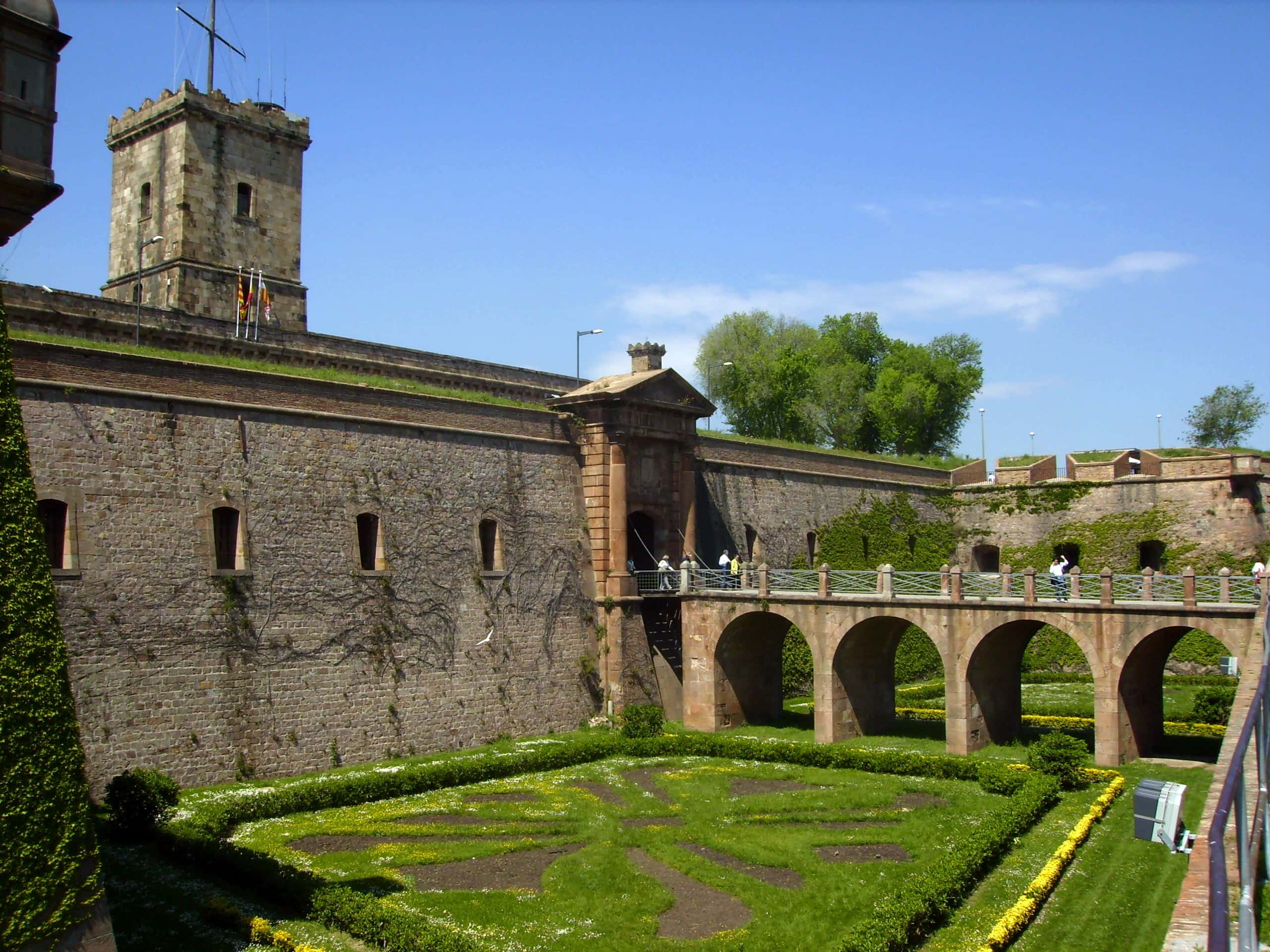 Wikimedia Commons Barcelona, Spain
Wikimedia Commons Barcelona, Spain
Grueling Work
Two astronomers, Pierre Mechain and Jean-Baptiste Delambre, were hired to take the measurements. Mechain headed down to Barcelona and Delambre up to Dunkirk, and they set about their business. But unfortunately, surveying that many miles was still an extremely daunting task. Plus, the aforementioned French Revolution ensured that chaos reigned in the countryside. Not exactly the easiest environment in which to do tedious and precise calculations.
The survey wasn’t supposed to take very long, but it ended up lasting nearly seven years. Mechain and Delambre had to deal with the elements and finicky equipment...while also getting thrown into jail and threatened with death by revolutionaries every so often. In fact, the project eventually cost Mechain his life (we'll go into that a bit later). But by 1798, after over six years of hell, the two of them had a number.
It was time to make a meter.
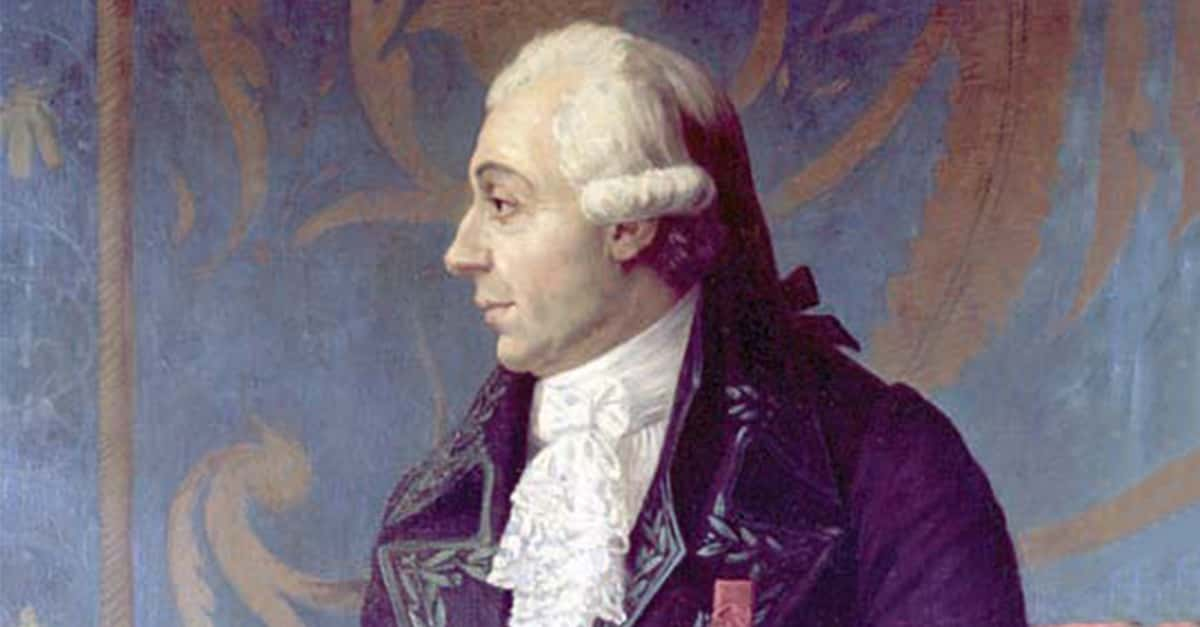 Wikimedia Commons Pierre Mechain
Wikimedia Commons Pierre Mechain
The Holy Meter
Using Mechain and Delambre’s measurements, mathematicians managed to calculate the distance from the equator to the North Pole. They then divided that by ten million, and finally, we had it. The meter. The universal measure. With the magic number finally found, the Academy of Sciences had a physical object, a bar made out of platinum, built to that exact dimension. From then on, that bar, known as the metre des Archives, was the literal measuring stick for “one meter.”
End of the story? Not even close.
First of all, the number that Mechain and Delambre had come up with? It was wrong. There were small mistakes in the calculations, which threw everything off. These mistakes would haunt Mechain for the rest of his life, and he ended up getting yellow fever and dying while back out in the field, trying to get the calculations right.
Now the number wasn’t far off: it was shorter than a "true" meter by just two-tenths of a millimeter (or eight-thousandths of an inch). But remember, the whole point of this was to make a meter that was exactly one ten-millionth of the distance from the North Pole to the Equator. Why go through all of that work just to get it wrong? Why, you might as well have skipped all the surveying and just made the metre des Archives some arbitrary length and called that a meter.
Wait...why didn't they just do that? Umm, well...either way, it was too late now. They'd already done the work, might as well keep the meter they'd come up with.
The Physical Meter
Regardless of whether it was “perfect” or not, the platinum metre des Archives was henceforth known as a meter, and countries began to adopt this as a standard unit of measurement. The Academy of Sciences must have felt pretty good about itself...but it wasn’t long until the limitations of this system became obvious.
First of all, a physical object, even one made of platinum, will inevitably change over time. Whether through use, or decay, or whatever means, the metre des Archives slowly changed. Ever so slightly, but still, it was changing, and the whole point of a meter was that it never changed.
Furthermore, that single, platinum rod couldn’t be in more than one place at a time. Other countries bought duplicates, but there was no real way of telling if these copies were exactly the same length. Over the years, new, better bars were built to replace the older ones, but eventually, it became obvious: we needed a new way to define a meter. The metre des Archives wasn’t cutting it.
Getting It Right
People tried a few different methods of defining the meter over the years, but they all had their own shortcomings. In fact, it was more than a century before we invented an ideal solution: the laser. The laser allowed scientists to measure the distance traveled by light particles, and since the speed of light is constant, we finally had a perfect way to define a meter. A way that would never change or vary, and that was replicable all over the world.
That is why the definition of a meter used today is “the length of the path traveled by light in vacuum during a time interval of 1 ⁄ 299,792,458 of a second.” It may sound complicated, but it's something that will never change. Of course, it doesn’t have the same kitsch-appeal of grains of barley, but oh well. You can’t have everything.
Interested in more strange histories? Try our article on The First Organ Transplants.


